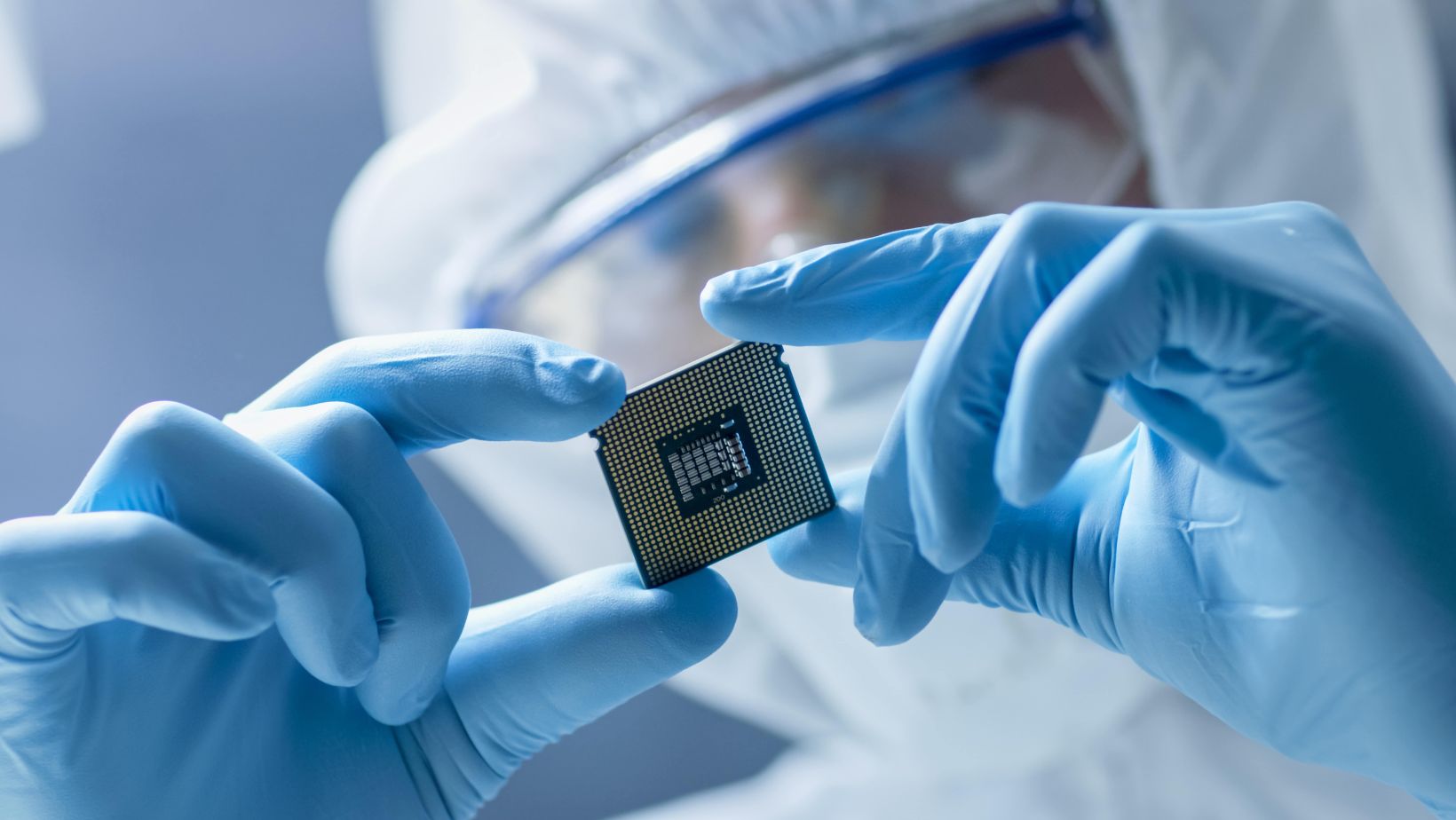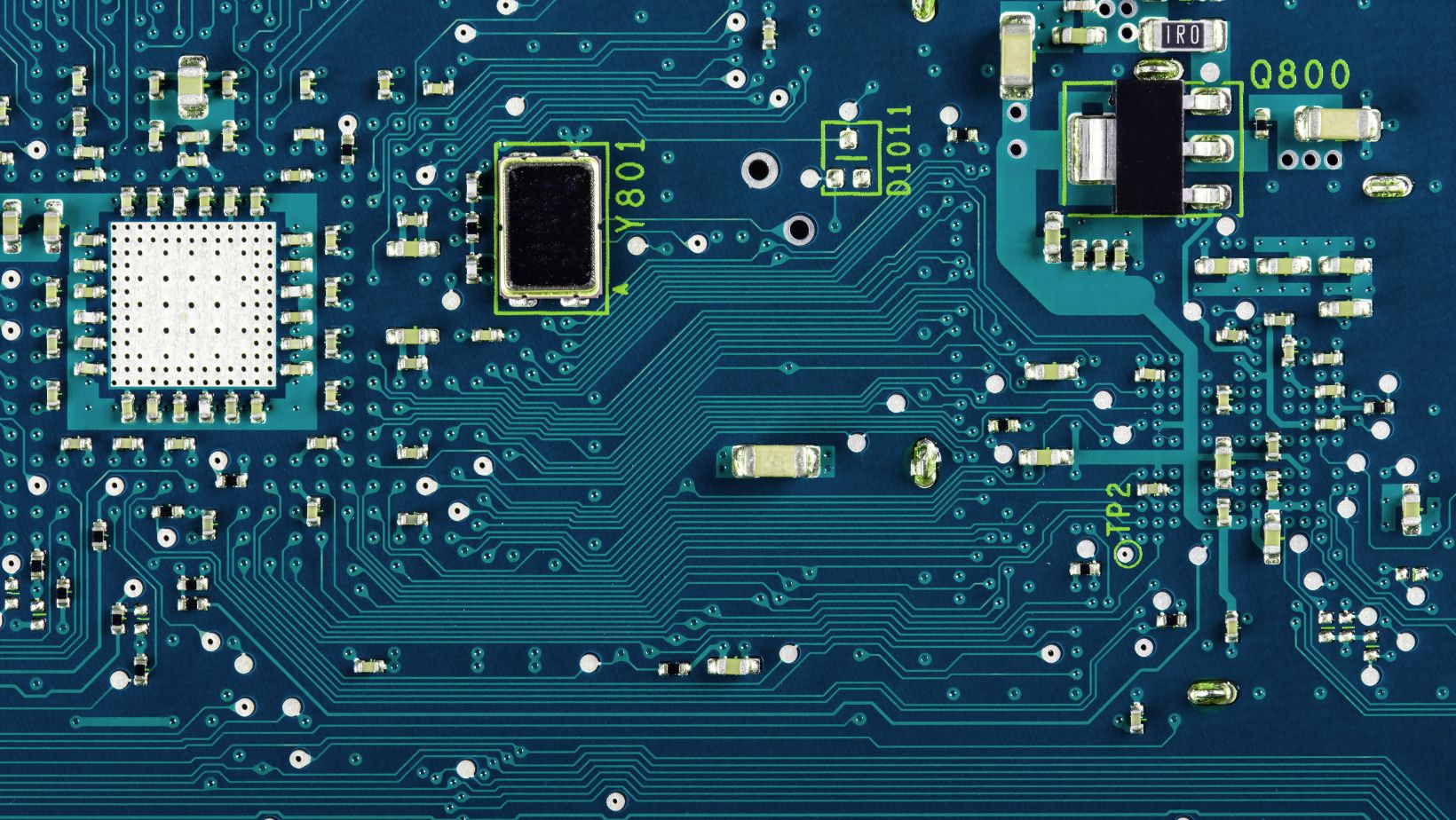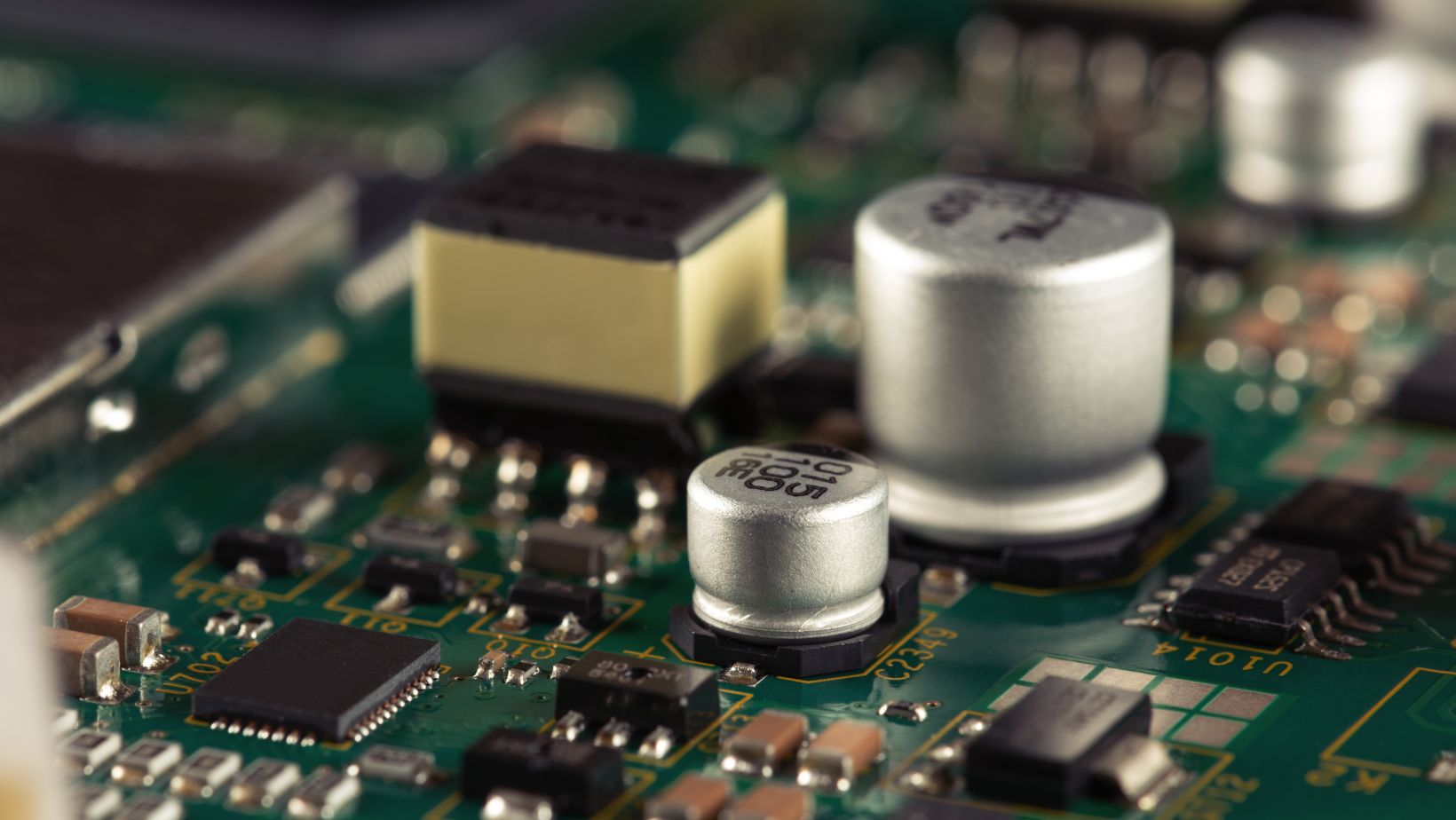The Precision Revolution: How Precise Dispensing is Transforming Electronic Manufacturing

What is Precise Dispensing?
Precise dispensing involves the controlled application of materials in exact amounts and locations. This technology is essential for the production of electronic components, where even the smallest error can lead to significant issues. In electronic manufacturing, precise dispensing ensures that materials such as adhesives, solder pastes, and conductive nanoinks are applied with pinpoint accuracy. This precision is vital for creating components that meet stringent quality standards.
For instance, in the assembly of printed circuit boards (PCBs), the precise dispensing of solder paste ensures that each tiny pad on the board receives the exact amount of material needed for reliable connections. Any deviation from this can result in poor connections, short circuits, or complete failure of the device. Therefore, the ability to dispense materials with high precision directly impacts the overall performance and longevity of electronic devices.
Precise dispensing allows for the miniaturization of components. As electronic devices continue to shrink in size, the components within them must also become smaller and more densely packed. Precise dispensing technology supports this trend by enabling the accurate placement of very small amounts of material, which is crucial for maintaining the functionality of miniaturized components. This capability is particularly important in applications such as mobile phones, wearable devices, and other compact electronic gadgets where space is at a premium.
Interestingly, precise dispensing allows for the repair of surprisingly thin and small traces, a feature that could come in hand in the case of a damaged component or even an in-the-field forced repair due to external damage. By dispensing only the traces and conductive material needed to fix the problem, precise dispensing allows the cost of malfunctioning machinery to fall precipitously.
Innovations in Electronic Component Fabrication
Innovations in electronic component fabrication are closely tied to the advancements in precise dispensing technologies. The ability to apply materials with high precision enables manufacturers to create more complex and miniaturized designs.

This is particularly important in the development of modern electronic devices, which are becoming increasingly smaller and more powerful. Advanced materials through precise dispensing are being used to achieve these designs, allowing for greater functionality in a smaller form factor.
One of the significant benefits of precise dispensing is its contribution to efficiency and sustainability in electronics production. Traditional manufacturing methods often result in material waste and higher energy consumption. Precise dispensing, on the other hand, reduces waste by applying only the necessary amount of material, minimizing excess and improving overall efficiency. This reduction in waste also has positive environmental implications, making electronic manufacturing more sustainable.
Several case studies highlight the critical importance of precise dispensing in achieving higher standards of quality and innovation in electronic component fabrication. For instance, in the production of printed circuit boards (PCBs), precise dispensing ensures that solder paste is applied accurately to avoid defects. This leads to higher yield rates and less rework, saving both time and resources.
Another example is the manufacturing of microelectromechanical systems (MEMS), where precise dispensing is used to deposit tiny amounts of materials in specific locations. This accuracy is crucial for the functionality and reliability of MEMS devices, which are used in various applications, including sensors and actuators.
The Future of Precision in Electronics Assembly
The future of precision in electronics assembly looks promising with the ongoing advancements in precise dispensing technologies. As electronic devices continue to evolve, the demand for more intricate and reliable components will increase. Precise dispensing will play a vital role in meeting these demands by enabling the production of components with greater precision and consistency.
Wearable technology and flexible electronics are two areas where precise dispensing is expected to have a significant impact. These technologies require materials that can be applied in very thin layers and specific patterns, which precise dispensing can achieve. This capability allows for greater design flexibility and material diversity, opening up new possibilities in the development of wearable and flexible electronic devices.
Achieving Higher Standards with Precise Dispensing
Precise dispensing is setting new benchmarks for what’s possible in electronic manufacturing. By enabling the meticulous application of materials, this technology is driving innovation and efficiency in the industry. Manufacturers can achieve higher standards of quality and reliability, leading to better-performing electronic devices.

Moreover, the environmental benefits of precise dispensing cannot be overlooked. By reducing material waste and improving production efficiency, this technology supports the industry’s move towards more sustainable manufacturing practices. This aligns with the growing emphasis on sustainability in all sectors, including electronics.
Precise dispensing is transforming electronic manufacturing by enhancing the efficiency, accuracy, and sustainability of producing electronic components. This technology allows for the precise application of materials on a micro-scale, enabling more complex and miniaturized designs. Through case studies and current trends, it is evident that precise dispensing is crucial in achieving higher standards of quality and innovation in electronic component fabrication.
As we look to the future, the role of precise dispensing in electronics assembly will only become more critical. Wearable technology and flexible electronics are just the beginning of what this technology can achieve. By setting new benchmarks for precision and efficiency, precise dispensing is paving the way for a new era in electronic manufacturing, where innovation and sustainability go hand in hand.
By embracing precise dispensing, the electronics industry can continue to push the boundaries of what is possible, creating more advanced, reliable, and sustainable electronic devices for the future.

-
 Success7 years ago
Success7 years agoConsistency: The Key Ingredient to Success
-
 Personal Finance2 years ago
Personal Finance2 years agoWhat Does Conditionally Approved Mean For An Apartment?
-
 HK Pools2 years ago
HK Pools2 years agoThe HK Pools Forum Comunity Jos Markotop 2D Warna Kuning – A Great Way to Stay Connected
-
 Personal Finance2 years ago
Personal Finance2 years agoWhat Letter Grade Is 16 Out Of 20? |
-
 Interesting Facts1 month ago
Interesting Facts1 month agoIntroduction: Is Flirt.com The Website I Know I Can trust?
-
 Gift Card Facts2 years ago
Gift Card Facts2 years agoDo Trader Joe’s Gift Cards Expire? Find Out the Truth Here!
-
 Latest News2 years ago
Latest News2 years agoIsekai Kita no De Special Skill – An In-Depth Analysis and Insights
-
Gift Card Facts2 years ago
How to Check and Manage Your Crumbl Cookie Gift Card Balance



















